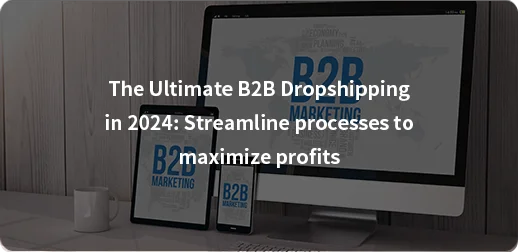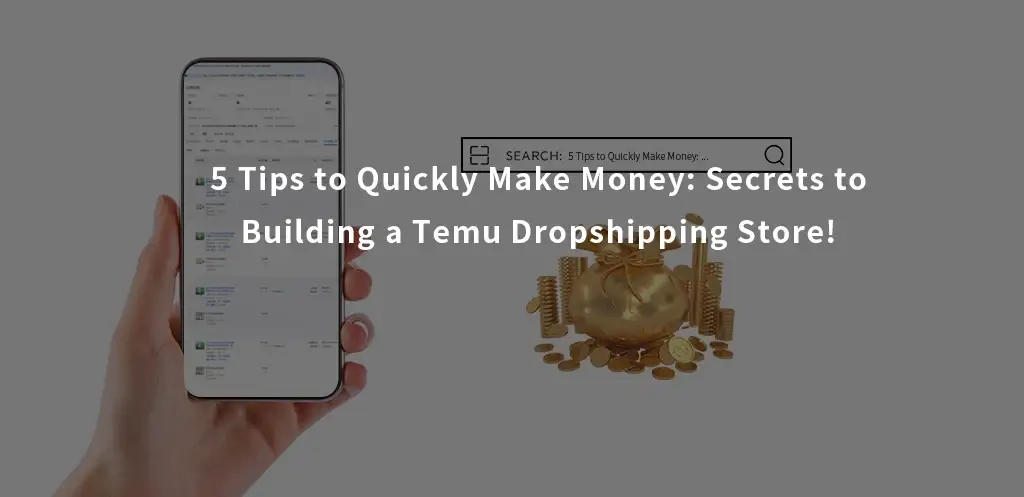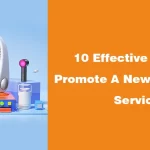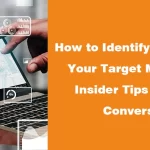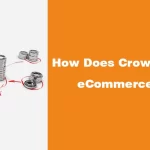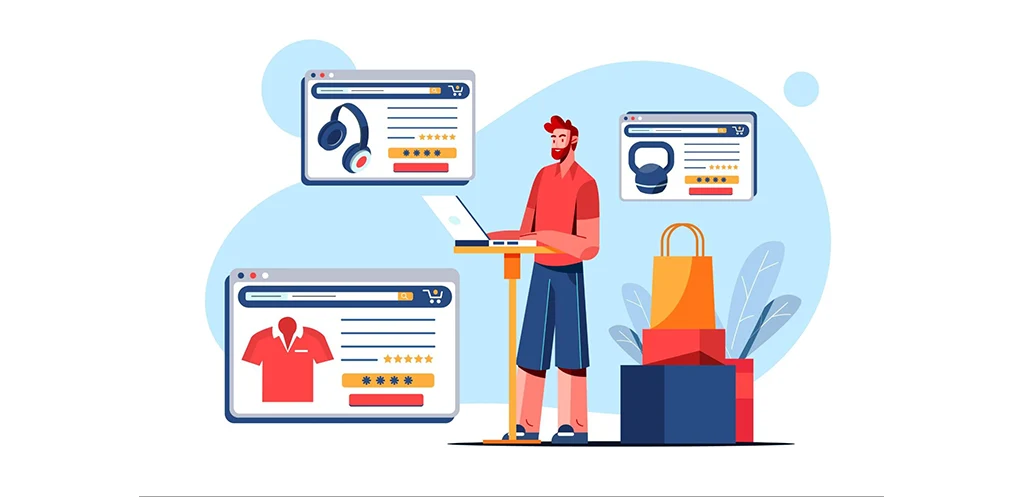
In the growing world of marketing and eCommerce (eCom), there are many ways to stand out. One of the best ways to get your brand to stand out so that you can make more sales is by working on your advertising.
Advertising is the difference between a brand that thrives and one that struggles.
The better your advertising, the faster your brand and business grow. By understanding your audience and improving your strategy, you can drive the growth of your brand. That’s why we’ll be giving you our main advertising tips so you can build your eCommerce brand.
Understanding Your Audience

Here is one of the most important tips to help you level up your advertising strategy: This is very important for newbies; you need to understand your target audience. So, we’ll walk you through what that means and how you can do it yourself.
Identifying Your Target Audience
The first step in understanding anything is identifying it, and your audience is no different. You will always be able to create better ads and make more money when you have identified and understood your ideal audience. Here’s an outline for doing that:
- Age group: One of the ways to identify the target service for your eCom brand is to take a look at the product that you offer and understand what age group it’s for. By knowing the age group that would have a use for your product, you can tailor your marketing to just them.
- Gender: Another way to identify your main target audience is by considering gender. Does your product work better for males or females? The answer you get determines the ways in which you can advertise your products.
- Interests: Considering people’s potential interests is one of the ways to identify your target audience. You need to ask yourself what sort of people would be interested in what your brand offers and then advertise for them.
- Geographical location: The final way you can find your targets is by their location. People who live in different areas need different things. By considering this, you can find those who need your product and advertise for just them.
Customer Personas
After you identify your target audience, then create a way to understand everything about them. This is where customer personas come in. You can use them to understand your ideal client and how your advertising will be tailored for them.
- How to create a customer persona: A customer persona helps you know your brand’s ideal buyers. It also guides your lead generation and advertising. Here’s how you can create one for your brand:
- First, you start by researching your customers using surveys, analytics, etc.
- Then, you need to segment your customers by data such as age, gender, location, interests, etc.
- After that, create a persona that summarises the key characteristics of each segment.
- Finally, use your personas to guide your advertising and tailor your messages and advertising to each segment.
- Why it’s essential for targeted advertising: Customer personas are essential for creating content and advertising for the segment of your audience you’re targeting. They help make sure that your advertising and positioning are personalised and feel like they were made for just your target audience. It helps you:
- Build your advertising for better engagement and conversion from your audience.
- Improve your messaging by focusing on your customer’s problems and the potential solutions you provide.
- Improve your eCom brand’s identity and loyalty by creating a personal connection with your customers.
Setting Your Budget

Now let’s talk about our tips for setting up your advertising budgets. Setting up your budget is a good way to control your advertising process. It helps make sure you are maximising the benefits of every advertising channel you’re using. But before we talk about how you can allocate budgets, let’s talk about how to calculate your potential returns on investments (ROI) and your customers’ lifetime value (CLV).
Calculating ROI and Lifetime Value
What is ROI (return on investment)?
ROI stands for return on investment. It is a measure of how much profit or loss your investment makes when compared to how much you spent. It is calculated by dividing the net income (or loss) from an investment you made by its cost and then multiplying by 100 to get a percentage. The higher your ROI, the more profitable your investment.
How to Determine Customer Lifetime Value (CLV)
CLV stands for customer lifetime value and measures how much profit your brand can expect to make off a customer throughout your relationship. A higher CLV means a more valuable and loyal customer. CLV is calculated by multiplying your average purchase value by your average number of purchases by your average customer lifespan. This gives you the total revenue a customer can generate for your company over the course of your relationship together.
Allocating Budget Across Channels
Now let’s talk about how you can allocate your advertising budgets across the various channels that you can use to reach your target audience.
- Social Media: When your target audience is young or uses social media a lot, it is usually more practical to divide more of your budget to social media. This is so that you are always in their field of vision.
- Email Marketing: Allocating a part of your budget to emails is always going to pay off, especially because you can email people many times a week after they get on your email list. This means you can test out as many offers as possible.
- PPC (Pay-Per-Click): This is good for driving traffic to your website and landing page. But you have to make sure that your web copy is good enough to convert before you use this otherwise you’d be wasting your investment.
- SEO (Search Engine Optimization): SEO helps determine how easy it is to find your website, so it’s always better to budget for SEO in your plans. That way, you can rank highly on search engines like Google and Bing.
Choosing the Right Platforms

In e-commerce, it’s essential to know how to manipulate specific social media platforms to connect with your target audience. These are some strategies you can utilise:
Social Media Advertising
- Facebook: Facebook is one of the most popular social websites, reaching a user population of over 2 billion. It has precise options that help to get users based on specific demographics, making it easier to connect with your target audience.
- Instagram: Instagram enables you to filter your photo or video ads into user feeds. These ads have a direct link to products on your page. You can also collaborate with influencers to boost your brand and broaden your audience.
- Pinterest: Pinterest has a lot of users, most of whom are females. You can use this to your advantage if women are your target audience. Its visual nature is excellent for promoting fashion and lifestyle products.
- LinkedIn: LinkedIn is the go-to platform if you’re looking for a professional audience, such as B2B customers. LinkedIn allows you to network with professionals in your industry to build trust and gain insights for your business.
Search Engine Advertising
- Google Ads: Google ads have a massive global audience, perfect for businesses searching for a wide range of customers. It offers a variety of ads, for example, text ads and shopping ads. You can use this to your benefit.
- Bing Ads: Bing Ads focuses on smaller but growing audiences. It costs less and has less competition, making it valuable for growing businesses. It allows you to narrow down your reach to a specific demographic.
Alternative Platforms
- Influencer Marketing: You can collaborate with social media influencers. They can promote your products and services to their followers, allowing you to grow your customer audience.
- Affiliate Marketing: Affiliate marketing is a great way to promote your business. You can enlist affiliates to promote your products and compensate them for each customer they bring.
- Podcast Ads: Podcasts create a space to reach a highly engaged, specific audience. The hosts give your products authentic recommendations and help build brand trust and awareness.
Creating Effective Ads

To create effective ads, you must focus on two elements: how it looks and what you want it to say.
Visual Elements
Visuals are the key to capturing attention. You can produce original brand images and make sure they demonstrate the benefits of using your services. However, if you are using stock photos, you can alter them to make sure they depict the desired outcome of your product and its benefits.
Texts are also crucial in designing. It would help to consider that your customers will view your ad from different devices. So, you must ensure texts are visible and catchy to retain attention.
Make use of colour and contrast to draw attention to particular elements that you want customers to notice. Also, to be inclusive, design for accessibility—include captions on video ads.
Copywriting
Copywriting is the skilful use of words to convince and persuade an audience. Writing for ads is like trying to convince someone with words.
You have to be clear and concise with your copy. Use simple language that anyone can understand. Your writing must also tap into the audience’s emotions, evoking your desired result to catch their attention.
Highlight the benefits of your product and what makes it different from others. It also needs a clear CTA ( call to action) to direct potential customers on what to do next. (for example, the ‘buy now’ button). Tailor your writing to your audience’s pain points. Remember not to emphasise so you won’t hurt your brand’s image.
Monitoring and Analytics

Monitoring and Analytics are tools your online business can use to monitor growth and engagement in the digital space.
KPIs (Key Performance Indicators)
KPIs are directions that help guide your business. They allow you to understand your business’s well-being. There are various KPIs, such as Sales Conversion Rate, Customer Acquisition Cost, Customer retention rate and so on.
- Sales Conversion Rate tells you how many online visitors purchase a product. A high rate means most visitors turn into customers. If your rate is low, you must improve your website’s interface.
- Customer Acquisition Cost (CAC) shows how much money you spend to acquire a new customer. Lowering the cost of your CAC but maintaining its quality is essential.
- Customer Retention Rate deals with the return rate of your customers. If it’s low, you might have to improve your product quality and customer service.
Adjusting Strategies
Here’s how you can change your business strategy for the dynamic digital market:
- Watch market trends and keep notes of what’s trending in your industry. If a particular product is trending, you can stock or promote it.
- Analyse competitors in your industry. Keeping an eye on their new features and market campaigns can help you make business decisions.
- Customer reviews are crucial, and they can reveal their pain points and areas that need to be adjusted. You can use this feedback to enhance your product and services.
21 Ecommerce Marketing Ideas to Increase Online Sales
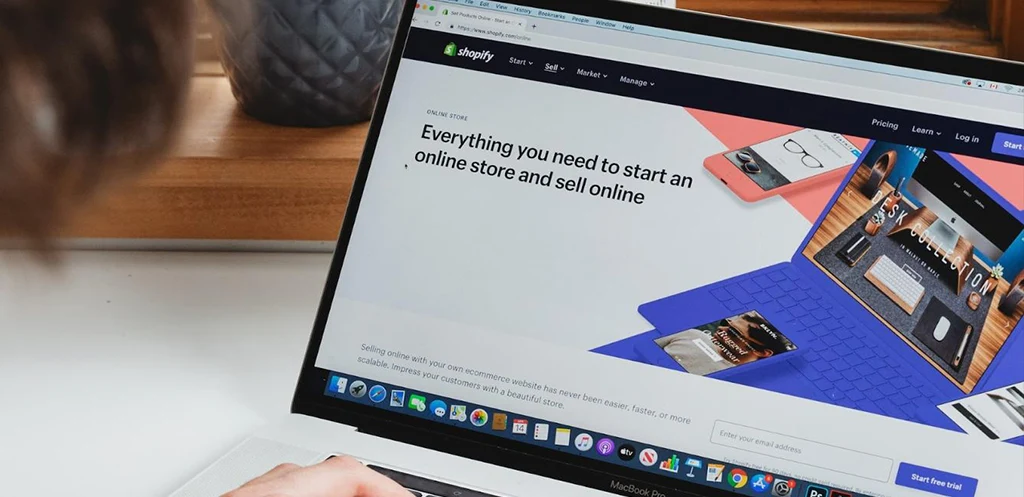
These are some marketing ideas you can implement to increase sales in your business:
- Website optimisation: An optimised website has a user-friendly interface, ensuring customers find what they want quickly.
- Email Marketing: Send personalised emails with features such as product recommendations, discounts and store updates.
- Collaborating with Influencers: You can build a wider audience and trust through endorsements from well-known figures.
- Global marketplaces: Selling on well-known marketplaces such as Amazon and Shopee can help people discover your brand more efficiently and faster.
- Limited-time offers: This marketing strategy aims at creating a sense of urgency and persuading customers to make a purchase quickly.
- Chatbots: You can use chatbots on your website to assist customers in real-time.
- Referral programs: Referrals are an excellent way for customers to advertise your brand. Offer unique rewards for each referral.
- Google Ads: You can display your products directly on search results with personalised ads of products.
- Abandoned Carts: You can send emails to customers who left products in their order carts, reminding them to complete their purchases.
- User-generated content: Encourage customers to leave reviews and photos on social media to build authenticity.
- Up-selling: You can offer a better quality of the product they are interested in to increase their order value.
- Interactive content: Use polls and quizzes to engage users and guide them to products that suit their preferences.
- Localised marketing: Tailor your marketing to fit the culture of specific regions to make your business more relatable.
- Retargeting Ads: Retargeting ads remind potential customers of products they didn’t purchase.
- SMS campaigns: Send SMS texts promoting products to your customers.
- Free shipping: You can offer free shipping for large purchases, encouraging customers to increase their orders.
- Gift cards: Send gift cards to your email subscribers, which they can use for your store.
- Deals of the day: A specific product on sale regularly can increase sales.
- Loyalty program: Start a program that awards points for each customer purchase. They can redeem these points in your store.
- Age-specific discounts: Offer age-specific discounts for seniors or students on products to gain more sales.
- Welcome promotions: You can welcome new mail subscribers with a special discount for subscribing to your newsletter.
Conclusion
In the competitive world of eCommerce, effective advertising is key to standing out. From understanding your target audience and budgeting wisely to crafting impactful ads, these foundational steps are vital for digital success. But remember, advertising is just one piece of the puzzle.
Partnering with specialized services like Globallyfulfill, a third-party clothing fulfillment company, can take care of inventory and shipping, freeing you to focus on optimizing your ad campaigns.
By integrating savvy advertising with reliable fulfillment, your eCommerce brand is well-positioned for sustained growth and success.
These advertising tips are a foundation for your brand to thrive digitally. By having a clear strategy, brands can enhance their presence online, grow a powerful audience, and drive growth and success in their e-commerce industry.





